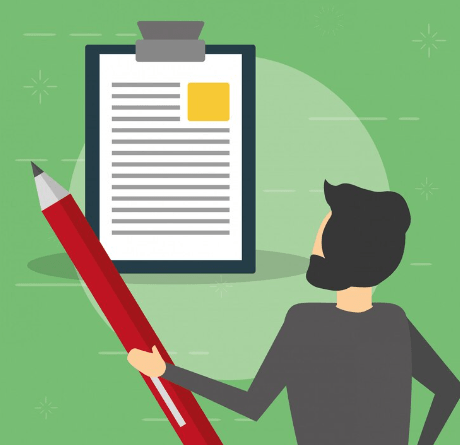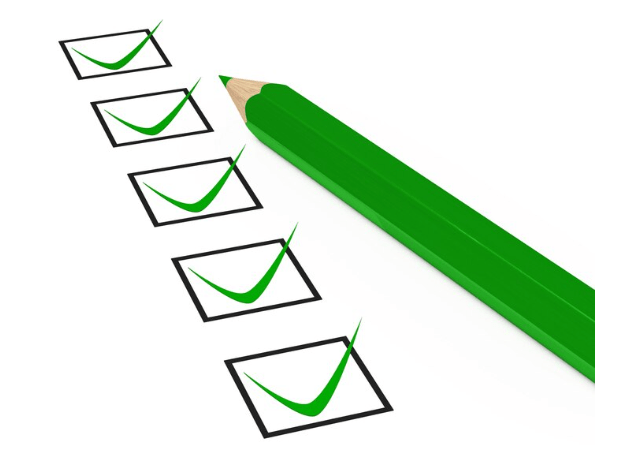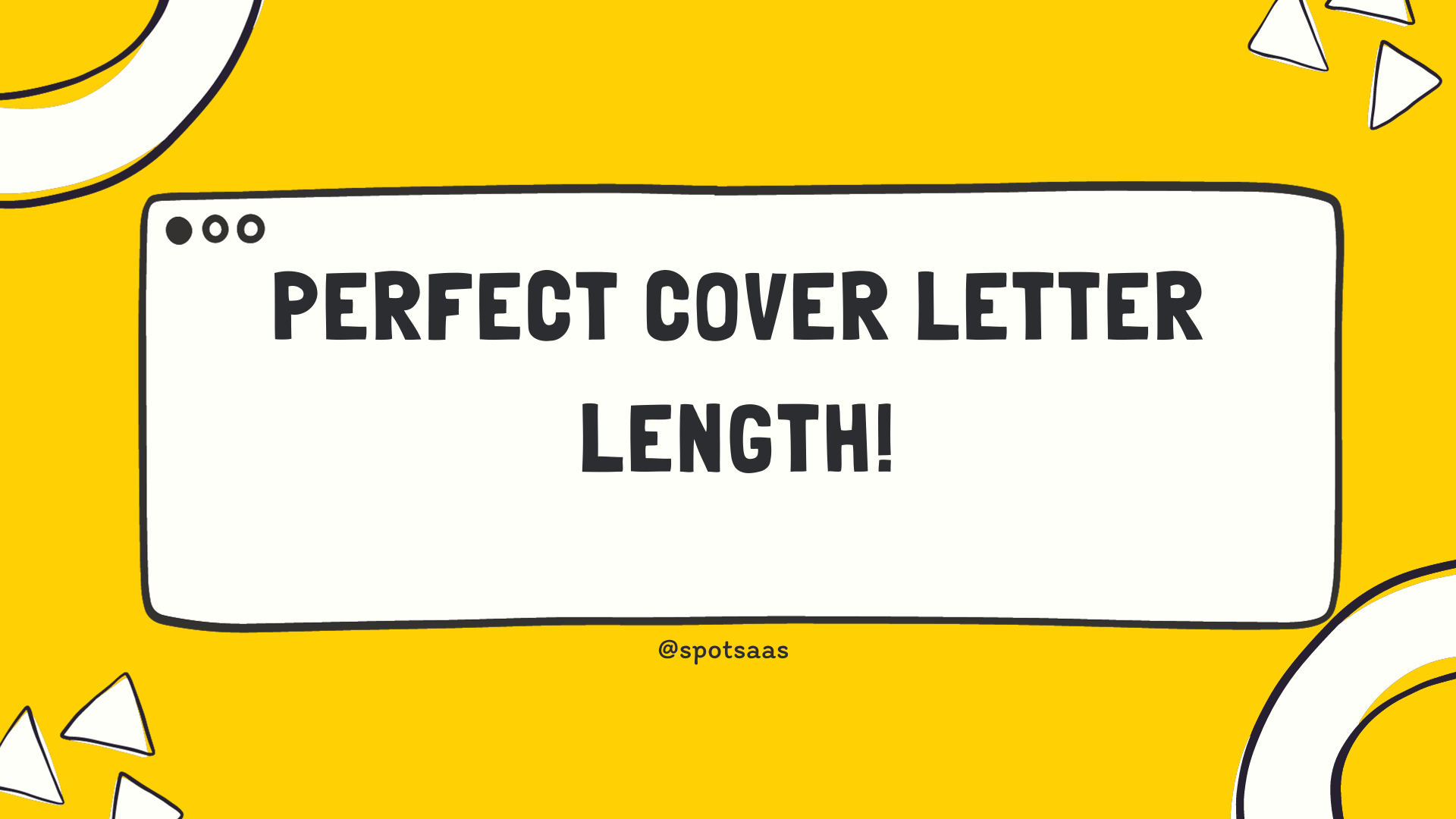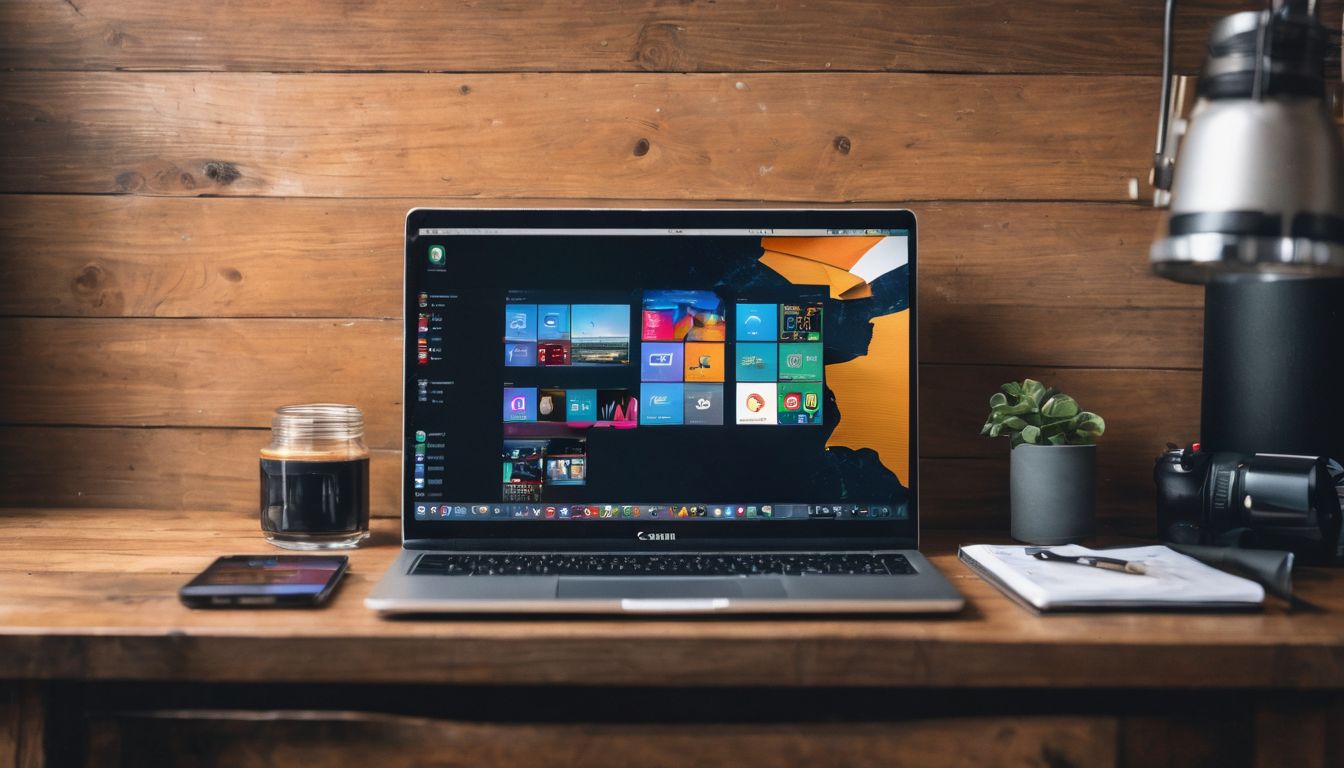Are you struggling with determining the right length for your cover letter? Studies show that hiring managers prefer cover letters that are concise and to the point. This blog post will provide practical tips and insights on how to craft an optimized, one-page cover letter, highlighting relevant qualifications without overwhelming readers.
Ready to land your dream job? Let’s dive in!
Key Takeaways
- The ideal length for a cover letter is one page, containing 250 – 400 words.
- A concise and focused cover letter shows respect for the hiring manager’s time.
- Tailoring your cover letter to the job description increases your chances of standing out among other candidates.
- Using concise examples in your cover letter can make a stronger impact on hiring managers.
How Long Should a Cover Letter Be?

A cover letter should ideally be one page long, containing 250-400 words, to ensure it is concise and focused.
One-page cover letter with 250-400 words
Keeping your cover letter to one page with 250-400 words is crucial. This length strikes the perfect balance, enough space to showcase your qualifications without overwhelming the hiring manager.
A concise cover letter demonstrates respect for their time and highlights your ability to communicate effectively. Staying within this word count also promotes efficient writing because it forces you to prioritize key points.
Ensure that every sentence holds value, provides insight into your skills and experiences, or contributes directly towards building a compelling case as to why you are the best fit for the job.
Concise and focused
A cover letter should be concise and focused, providing relevant information in a clear and straightforward manner. Avoid lengthy paragraphs or unnecessary details that can make the letter too long and overwhelming for the reader.
Keep it to one page with around 250-400 words, making sure every sentence adds value to your application. By being concise, you demonstrate strong communication skills and show respect for the hiring manager’s time.
Use this opportunity to highlight your qualifications, experiences, and achievements that directly relate to the job you are applying for.
An optimized cover letter length is particularly important when applying for entry-level positions, academic positions, or internships where recruiters often receive numerous applications.
They appreciate candidates who can effectively convey their abilities without going overboard in length. Use cover letter examples as a guide but tailor them specifically to the job description by highlighting key points using bullet points or short paragraphs.
You might like Resume Builder
What Should be Included in a Cover Letter?
A cover letter should include contact information and a greeting, an introduction paragraph, relevant experience and qualifications, and a closing paragraph.
Contact information and greeting
Include your contact information at the top of your cover letter, including your full name, phone number, and email address. Begin with a professional greeting addressed to the hiring manager or recruiter by their name if you have it.
This demonstrates attention to detail and personalization in your communication with them.
Introduction paragraph
The introduction paragraph of a cover letter is your opportunity to make a strong first impression. It should be concise and engaging, grabbing the reader’s attention right away. Use this paragraph to introduce yourself, state the position you are applying for, and briefly explain why you are interested in the job.
Avoid unnecessary details or fluff and focus on showcasing your enthusiasm and qualifications for the role. A well-crafted introduction can set the tone for the rest of your cover letter and pique the employer’s interest in reading further.
Relevant experience and qualifications
Candidates should use this section of the cover letter to highlight their relevant experience and qualifications. It is essential to focus on the skills, expertise, and achievements that make them an ideal fit for the job.
By showcasing their academic background, internships, or previous work experience directly related to the position they are applying for, candidates can demonstrate why they are well-suited for the role.
This paragraph allows applicants to showcase their strengths and convince employers that they have what it takes to succeed in the specific role.
Closing paragraph
In the closing paragraph of your cover letter, it is important to end on a strong note. Express your enthusiasm for the opportunity and reiterate why you are a great fit for the position.
Thank the employer for considering your application and express your interest in further discussing how your skills can contribute to their organization. A well-crafted closing paragraph shows professionalism and leaves a positive impression on potential employers.
Tips for Writing an Perfect Cover Letter

Tailor the letter to the job description, using concise examples that go beyond your resume. Consider using bullet points and follow formatting guidelines for an optimized cover letter length.
Tailor the letter to the job description
To write an effective cover letter, it is crucial to tailor your letter specifically to the job description. This means analyzing the requirements and qualifications listed in the job posting, and aligning your skills and experiences with those mentioned.
By customizing your cover letter in this way, you demonstrate to employers that you have taken the time to understand their needs and show how you are uniquely qualified for the position.
This targeted approach increases your chances of standing out among other candidates and makes a strong impression on potential employers.
Use concise examples
Using concise examples in your cover letter can greatly enhance its effectiveness. Rather than simply listing your skills and qualifications, providing specific instances where you demonstrated those abilities will make a stronger impact on hiring managers.
For example, instead of stating that you have excellent communication skills, mention a situation where your strong communication skills resolved a conflict or led to successful collaboration.
These brief examples showcase your capabilities and give employers a clearer understanding of how you can contribute to their organization. By using concise examples throughout your cover letter, you demonstrate your suitability for the position and stand out among other candidates.
Also, Find out What are ATS and the top ATS software in the market.
Go beyond the resume
Show employers your value by going beyond the resume in your cover letter. Use this opportunity to highlight specific skills, experiences, and achievements that make you a strong candidate for the job.
Provide examples of how you have successfully utilized these qualities in past roles or projects. By going beyond the resume, you can demonstrate your unique qualifications and stand out from other candidates.
Consider using bullet points

Using bullet points in your cover letter can help to enhance its readability and make key information stand out. Bullet points allow you to present concise and impactful statements, highlighting your skills and qualifications effectively.
They also provide a clear structure, making it easier for hiring managers to quickly scan through the document. By using bullet points strategically throughout your cover letter, you can engage the reader and ensure that your most important points are easily understood.
So, consider incorporating bullet points into your cover letter to make a strong impression with potential employers.
Follow formatting guidelines
Follow formatting guidelines to ensure that your cover letter is professional and visually appealing. Use a common font like Arial or Times New Roman, and stick with a font size between 10 and 12 points for easy readability.
Align your text to the left side of the page and use standard margins. Include clear headings for each section of your cover letter, such as “Introduction” or “Relevant Experience.” Additionally, use bullet points when listing skills or achievements to make them stand out.
By following these formatting guidelines, you can create a well-organized and polished cover letter that will impress potential employers.
Conclusion
In conclusion, the ideal length of a cover letter is one page, containing 250-400 words. It should be concise and focused, highlighting relevant experience and qualifications. By following these guidelines, job candidates can create an effective communication document that is optimized for entry-level positions, academic positions, internships, and more.
Writing a cover letter that is tailored to the job description and goes beyond the resume will increase the chances of standing out among other candidates. Remember to use concise examples and consider using bullet points when appropriate while also adhering to formatting guidelines.
FAQs
What is the ideal length for a cover letter?
The ideal length of a cover letter usually can be around half-page or within 250 to 400-word count range depending on both your job application and position applied for.
How do I start writing my cover letter?
Begin writing your cover letter by making an engaging first paragraph explaining why you’re interested in the position and how you are suitable, keeping it concise yet impactful.
Is there such thing as a too long cover letter?
Yes, if a cover letter exceeds one page, it might risk appearing wordy or exhaustive to hiring managers; hence maintaining brevity makes good sense.
What are some benefits of having a well-written but short Cover Letter?
A good yet brief Cover Letter helps impress recruiters at the entry-level itself, communicates effectively what an applicant brings to the table and raises chances for further consideration during recruitment rounds.
Author
-

Rajat, a CFA and seasoned SpotSaaS writer, thrives at the intersection of technology and finance. Drawing from his expertise in marketing and product management, he helps users navigate the complex software landscape to find solutions that align with their business goals. By blending his deep understanding of financial decision-making with a passion for emerging technologies, Rajat crafts insightful content that empowers businesses to choose software that drives growth, efficiency, and innovation. His work bridges the gap between technical possibilities and practical business needs, making software selection a strategic advantage for his audience.
View all posts



